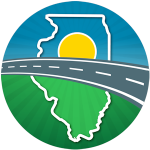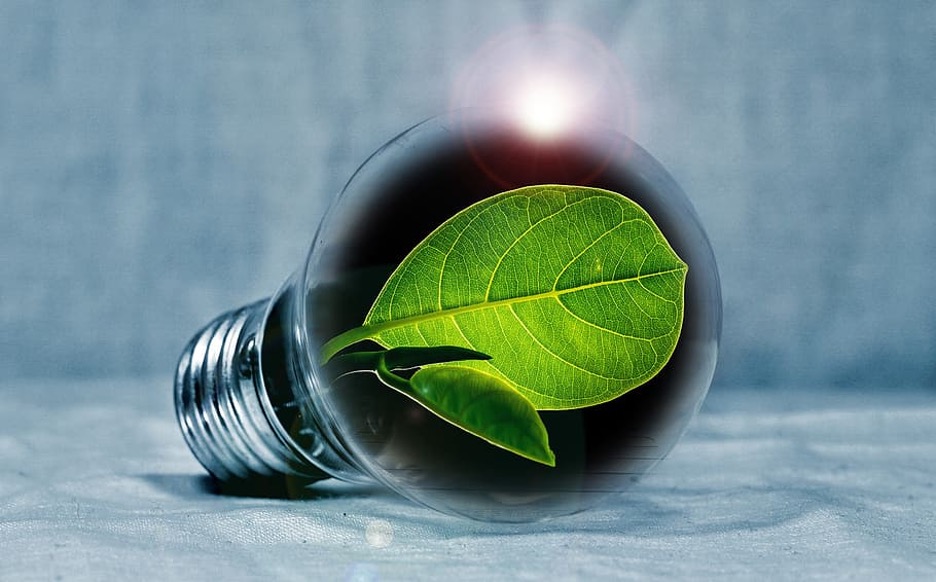You have the power to make your home more energy-efficient – often with just a click of a switch or two. It’s that simple.
We’ll show you easy ways to increase your home’s energy indoors, outdoors, in the garden, and even in the garage and on the road.
Energy Efficiency Indoors
Ceiling fans: Start the ceiling fan to move the air around, reducing heat and cooling needs. Most fans have a switch for summer and winter, either on the fan or its remote control.
In summer, the blades should spin counterclockwise. This creates a downdraft of cool air. In winter, the blades should move clockwise. In this position, it creates an updraft and pushes warm air around the room.
Phantom energy: Phantom energy is what keeps the red, blue, or green lights burning on power strips, coffee makers, televisions, printers, DVRs, computers, and other electronics. Keeping electronics on uses energy. Turn off or unplug these appliances and electronics in your home and office to reduce the amount of energy they use.
Smart thermostat: Install a programmable thermostat or one controlled by a smartphone to conserve energy when heating and cooling your home. The Environmental Protection Agency estimates programming your thermostat saves between 10 and 30% or about $180 a year on your energy bill.
Dishwasher: Running the dishwasher uses less water than doing dishes by hand. The EPA has set standards for full-size and compact dishwashers. Full-size must not use more than 5 gallons of water per cycle. Compacts are limited to 3.5 gallons per cycle. Hand washing dishes uses up to about 27 gallons of water.
Energy Efficiency Outdoors
Battery-operated tools: Outdoors, you can click the switches on battery-operated landscape equipment and tools. Battery-operated lawn care machinery has taken root among environmentally conscious DIYers and professional landscape companies.
Cordless, battery-operated lawn mowers, leaf blowers, and string and hedge trimmers are efficient and quieter than fossil fuel equipment. Manufacturers continue to improve this equipment by installing longer-lasting, rechargeable batteries.
Tip: When buying electric lawn care equipment, consider the same brand so that the battery will work in all of the tools. Buy a second battery to have on hand.
Solar panels: Although installed outdoors, the benefits of solar panels are indoors and in the pocketbook. The panels capture and store power for you and your family. They heat the water, run heating and cooling systems, keep the lights on, and power electronics and appliances.
Solar panels also have a big role in the region’s future. Chicago has joined 150 other cities in the commitment to convert its buildings to 100% renewable power sources by 2025. The city has simplified the permitting for solar energy, too. There even may be tax benefits and other incentives to switch to solar panels.
Energy efficiency in the garden
Native plants: When planting your garden, switch to more native plants, which are well adapted to the Chicago-area environment and are good for the pollinators that visit our vegetable and flower gardens. Many native plants have reduced needs for water, which conserves another precious resource.
Compost pile: Set up a compost system, where you toss food scraps, chopped leaves, shredded paper, and other organic matter. Eventually, these raw materials will turn into compost, a natural way to fertilize and mulch your garden plantings without relying on fossil fuels. Fossil fuels are used to manufacture commercial compost, mulches, and many other landscape products and in getting them to market.
Energy efficiency on the road
Electric cars: Along with the electric tools in your garage, park an electric car, which you start with a switch or push button. Electric cars account for 2.2% of automotive sales in the U.S.
Electric car sales will likely remain strong in the Chicago area as the state edges closer to July 1, 2025. By then, 60% of new passenger cars purchased by stage agencies must be hybrids and 15% must be plug-ins. About 26,000 electric vehicles were registered in the state in 2020, according to the U.S. Department of Energy.
Walk or ride instead: You can always opt for public transportation, ride a bike or scooter, or hire an Uber or Lyft driver who has an electric vehicle.
Carwash: When it comes to your car, take it to a car wash. A car wash uses about 10 times less water than washing your car on the driveway or lawn.
Energy efficiency is easy as 1-2-3
Throwing a few switches, washing water-wise (dishwashers and car washes), and switching to battery-powered tools and electric cars — it’s easy to make your home and life more energy-efficient.
By Tim Meredith
Eco-friendly landscaper and freelance writer
Tim started mowing lawns as a teenager to earn extra cash. He uses only organic pest control and fertilizers, solar accent lights, and electric mowers. Story provided by LawnStarter, an online marketplace for consumers and lawn care professionals.



